Ever notice how your garden turns into a pest party in summer? You’re not imagining it—warm temps, often above 75°F, turbocharge critters like aphids and slugs. Check plants twice weekly, especially in June through August, for sticky leaves or chewed edges. Here’s the kicker: there’s a simple way to fight back with everyday tools, and I’ve got the exact steps to help you tackle this invasion. Curious? Stick around!
Contents
Summer Aphid Invasion
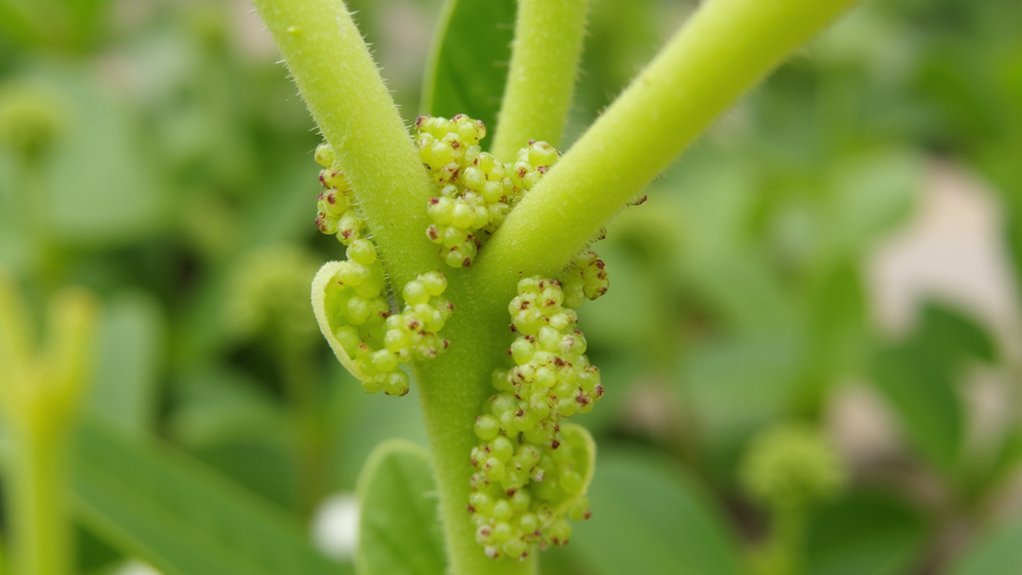
While summer brings vibrant growth to your garden, it also invites pesky aphids to feast on your plants. You’ve likely spotted these tiny, green or black bugs, clustering on tender shoots. They’re small, about 1/8 inch long, but their damage isn’t minor.
Check your plants daily, especially under leaves, where aphids hide and multiply fast. If you see sticky honeydew or curled leaves, act quickly. Grab a hose, set it to a strong spray, and blast them off—do this early in the morning for best results. Repeat every 2-3 days until they’re gone.
Don’t ignore even a small cluster; they breed rapidly, doubling in numbers within a week. Stay vigilant, and you’ll keep your garden thriving, bug-free.
Summer Aphid Surge
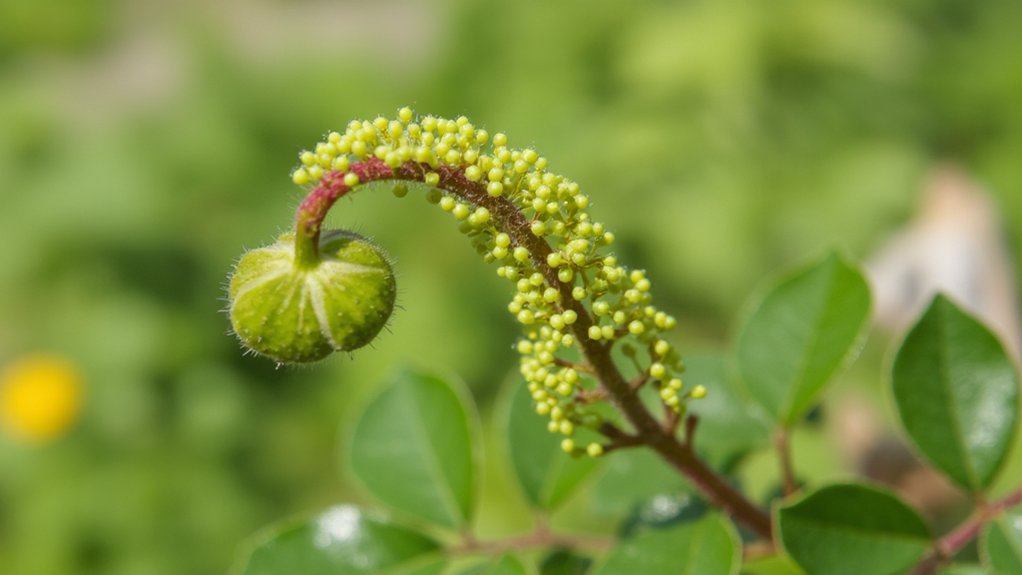
As summer heats up, you’ll notice a sharp spike in aphid populations, often doubling every few days. These tiny, sap-sucking pests, usually 1-3 millimeters long, target tender plant shoots. They cluster on stems, draining nutrients fast.
Here’s the deal: you’ve gotta act quickly to stop them. Check your plants daily, especially roses and veggies, for sticky residue or curled leaves. If you spot aphids, blast them off with a strong hose spray—aim for early morning, before it’s too hot.
For tougher infestations, mix a solution of 1 teaspoon dish soap with a quart of water. Spray it directly on the bugs, covering all sides of leaves. Repeat every 3-5 days until they’re gone. Stick with it, and you’ll save your garden!
Summer Slug Damage

When summer rains hit, you’re likely to spot slugs creeping into your garden overnight. These slimy pests thrive in damp conditions, munching on tender leaves and stems. They can devastate young plants, leaving ragged holes by morning.
Don’t let them take over; act fast with simple barriers. Lay down coarse sand or crushed eggshells around plants—slugs hate crossing rough textures. Check your garden at dusk, when they’re most active, and pick them off by hand if you spot any.
For a longer-term fix, set up beer traps. Fill shallow containers with cheap beer, bury them level with the soil, and place them near affected areas. Slugs crawl in, lured by the scent, and drown overnight. Check and empty these traps every 2-3 days for best results.
Summer Beetle Infestation
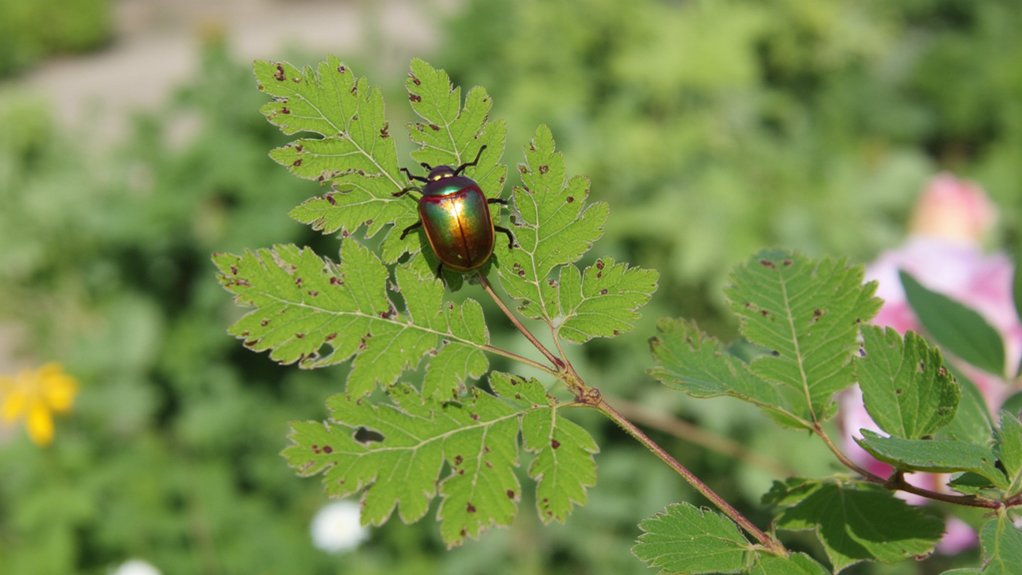
Hey, let’s shift focus from those sneaky slugs to another garden headache: summer beetle infestations. These pesky critters, like Japanese beetles, peak in July, devouring leaves and flowers fast. You’ll spot their metallic sheen on roses or veggies, often in clusters.
Notice skeletonized leaves? That’s their damage, eating up to 30% of foliage overnight. Check plants daily, especially in early morning when they’re sluggish. Grab a bucket of soapy water—about a gallon with two tablespoons of dish soap—and knock them in. They’ll drown within minutes.
For prevention, lay down beetle traps 10 feet from plants, rejuvenating bait weekly. Or, apply neem oil every 7 days to deter them. Act now, and you’ll save your garden from becoming their buffet.
Summer Mosquito Boom

Before you celebrate beating those beetles, let’s tackle another summer nuisance: the mosquito boom. These pesky biters thrive in warm, humid weather, multiplying fast. Their eggs hatch in standing water within just 24-48 hours, so you’ve gotta act quick.
Start by inspecting your garden for water sources, like birdbaths or clogged gutters. Empty them weekly, or add mosquito dunks—small tablets that kill larvae without harming plants. They’re cheap, about $5 for a pack, and cover 100 square feet.
Next, trim tall grass and dense shrubs where adults hide during the day. If you’re outside, wear long sleeves, especially at dusk when they’re most active. Keep these steps up, and you’ll cut down the mosquito mess considerably.
Summer Caterpillar Outbreak

Let’s shift gears from mosquitoes and tackle another summer headache, the caterpillar outbreak. You’ve likely noticed these leaf-munching pests chomping through your garden lately. In summer, caterpillars, like tent caterpillars or cabbage worms, multiply fast, hatching in just 5-7 days.
Check your plants daily, especially under leaves, for small, green or striped larvae. If you spot them, act quick—pick them off by hand, wearing gloves, and drop them into soapy water. For bigger infestations, use a Bacillus thuringiensis (Bt) spray, applying 1-2 teaspoons per gallon of water, every 7 days.
Don’t wait for total destruction; start early, around mid-June, before they grow. Keep inspecting until late August, ensuring your garden stays safe from these hungry critters.
Summer Ant Explosion
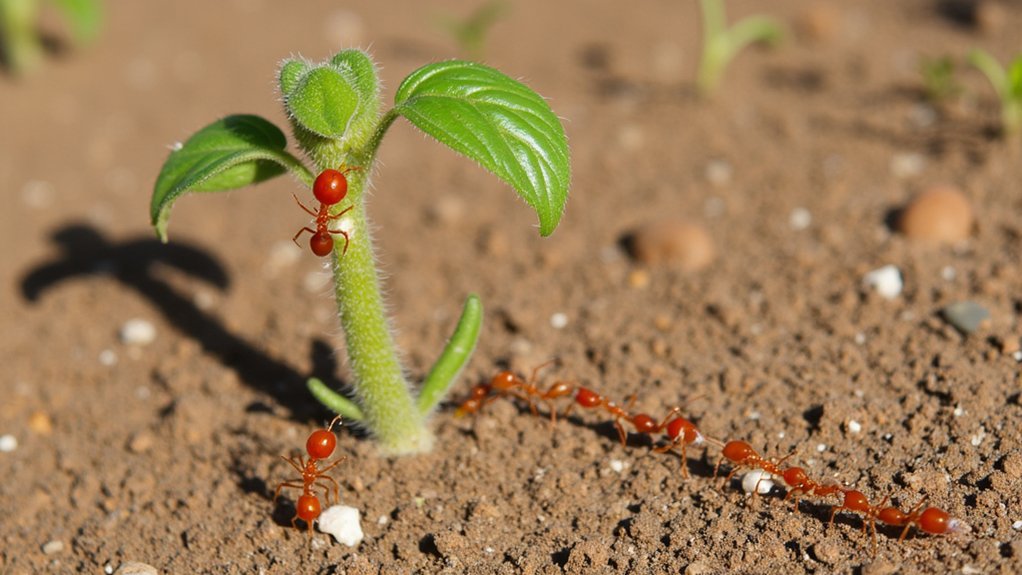
While caterpillars chew through your leaves, another nuisance, ants, can overrun your garden in summer. You’ve likely noticed their tiny trails, snaking across soil or up plants, especially near sweet, sticky residues. They’re drawn to aphid honeydew, so check for those pests first.
Here’s how you tackle this invasion. Start by mixing a solution of one tablespoon dish soap with a quart of water, then pour it over ant hills to disrupt their nests. Do this early morning, around 6 a.m., when they’re less active. Next, sprinkle diatomaceous earth, about a teaspoon per square foot, around plant bases to deter them. Repeat every three days for a week. You’ll see fewer ants, trust me, if you stay consistent with these steps.
Summer Mite Surge
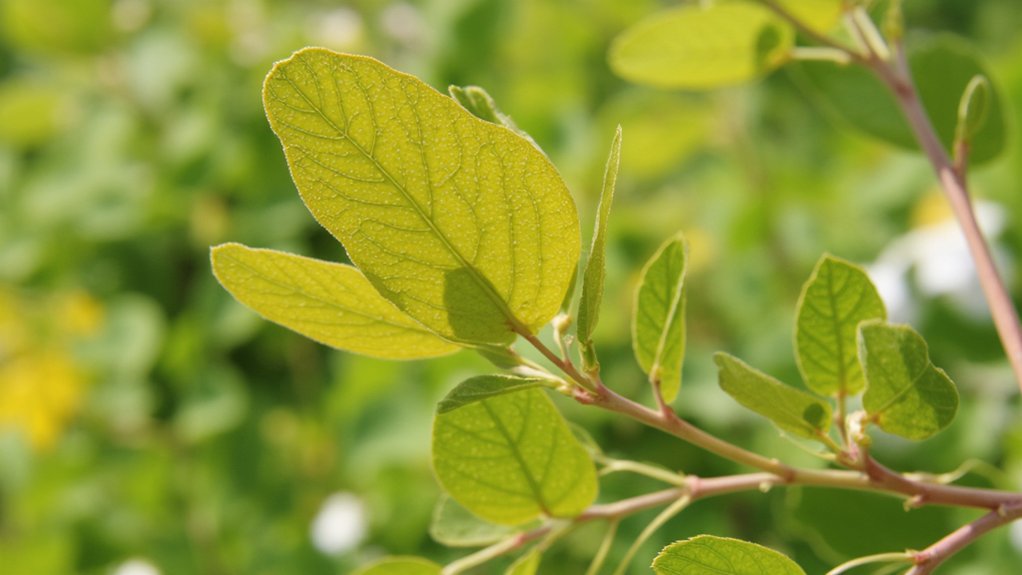
As summer heats up, you’ll likely spot tiny spider mites wreaking havoc on your garden plants. These minuscule pests, often under 1 millimeter long, thrive in hot, dry conditions, sucking sap from leaves. You’ll see speckled, yellowing foliage as a telltale sign of their damage.
Don’t worry, though; you’ve got options to fight back. Start by blasting plants with a strong water spray every 3 days to knock mites off. For stubborn infestations, mix 1 teaspoon of dish soap with a quart of water, and spray it directly on affected areas, especially under leaves. Repeat this every 5-7 days until you see improvement.
Check plants weekly for webbing or spots. Act fast, and you’ll keep these tiny terrors under control before they spread further.
Summer Grasshopper Surge
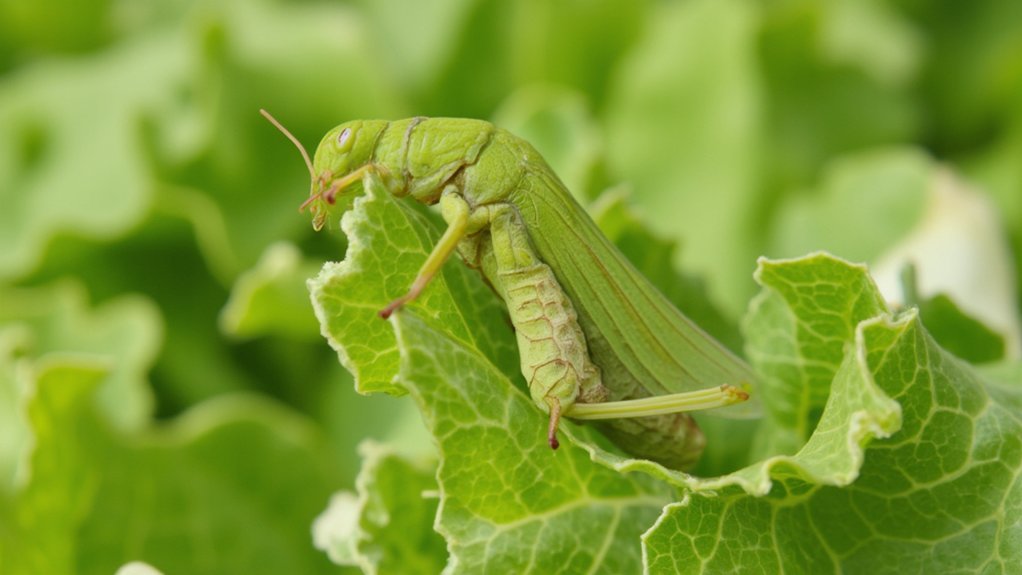
Moving from those tiny spider mites, you’ve got another summer pest to tackle: grasshoppers. These hungry hoppers surge in summer, munching on your garden greens with relentless appetites. Their numbers peak around July and August, often devouring up to half their body weight daily.
Here’s how you can fight back. Start by inspecting your plants every morning, especially near grassy edges where they hide. If you spot more than 5 per square yard, it’s time to act fast. Use floating row covers to shield young plants, securing edges tightly with rocks or stakes.
For bigger infestations, mix a garlic spray—2 crushed cloves per gallon of water—and apply it weekly. Reapply after rain, and watch those grasshoppers retreat from your precious plot.
Summer Flea Beetle Rise

Hey there, let’s tackle another sneaky summer pest: the flea beetle. These tiny, shiny critters, often just 1/16 to 1/8 inch long, can wreak havoc in your garden during hot months. They jump like fleas when disturbed, hence the name, and love munching on leafy greens.
You’ll notice their damage as small, round holes in leaves, especially on broccoli, kale, or eggplant. Check plants early in the morning, around 7-9 AM, when they’re most active. To stop them, cover crops with floating row covers, securing edges tightly with rocks or clips. If they’re already there, apply neem oil spray every 7 days, following label instructions. Also, clear garden debris by late fall to reduce overwintering spots. Keep at it, and you’ve got this!
